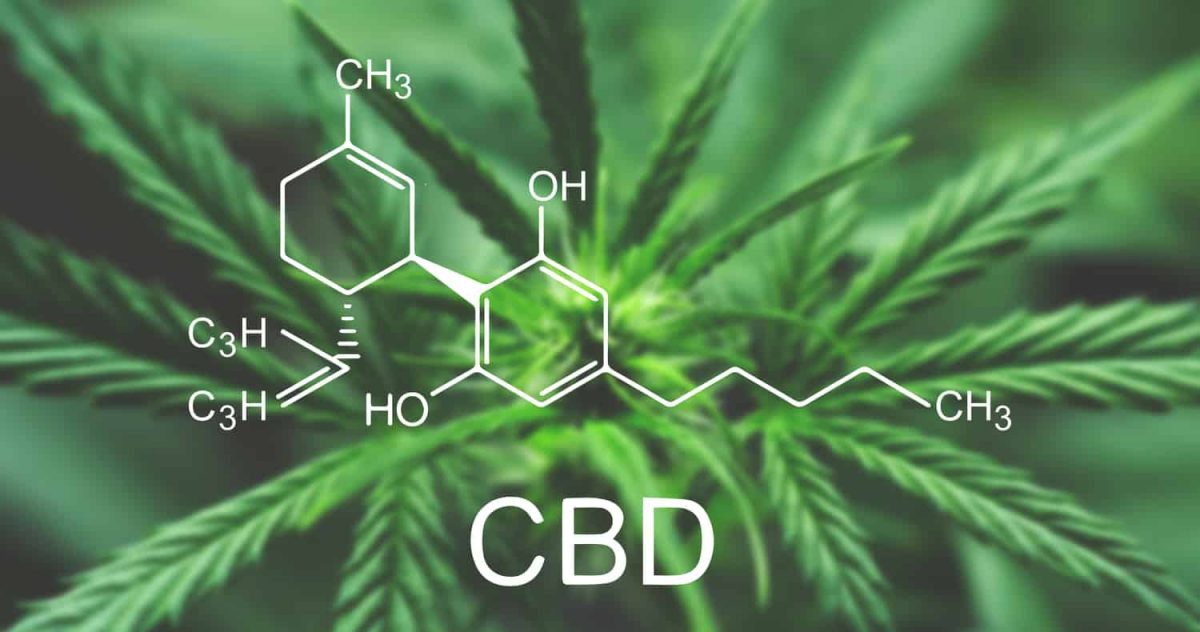The Department of Transportation (DOT) and its subagency the Federal Motor Carrier Safety Administration (FMCSA) regulate trucking companies. One of their many objectives is to ensure drivers do not use drugs or alcohol while operating commercial motor vehicles (CMVs). Understanding truck driver drug testing is essential to staying compliant and avoiding costly fines, as well as helping keep drivers and others on the road safe.
Some frequently asked questions about truck driver drug testing include:
Do all truck drivers get drug tested?
Per FMCSA regulations, anyone who operates a CMV must undergo drug and alcohol testing. This means all truck drivers, whether they are full-time or part-time, are subject to this requirement.
Do owner-operator truck drivers get drug tested?
Yes, owner-operators are required to undergo drug testing. Specifically, these individuals must be part of a drug and alcohol testing consortium. This is a pool of other drivers that are selected for random testing.
How often do truck drivers need to be drug tested?
Commercial drivers must undergo drug testing at these times:
- Before beginning safety-sensitive duties for a new company
- Randomly throughout the course of employment as a driver
- If a supervisor has reasonable suspicion of drug or alcohol abuse
- After some types of accidents
- Before returning to duty after a positive drug test
What happens if a driver fails a DOT drug test?
If a commercial driver tests positive for a controlled substance, they must immediately cease safety-sensitive duties. Letting a driver continue to operate a CMV after a failed drug test is a serious DOT violation and can result in large fines for a motor carrier. Additionally, there may be other consequences depending on the trucking company’s specific policy. The carrier needs to provide the driver with a list of substance abuse professionals (SAPs) and the driver must complete treatment with one of these to return to duty. A negative test result will be required before the driver can operate a CMV again and follow-up testing will be scheduled based on the SAP’s recommendations.
What obligations does a motor carrier have for drug testing?
A motor carrier must perform all testing as required by the DOT and document the results for drivers. All positive tests must be reported to the FMCSA Clearinghouse and the return-to-duty process must be followed. The standard for DOT testing is a five-panel drug test. Motor carriers may perform hair testing in addition to this, but must use the standard urine test to meet DOT requirements.
HDS Safety Services Can Help Keep You Compliant
HDS Safety Services offers a variety of different DOT compliance services, including drug testing. We operate one of the largest random testing consortiums in Arizona and are committed to helping you maintain a drug-free workplace.


















